Fossilized amber provides clues about dinosaur ecology

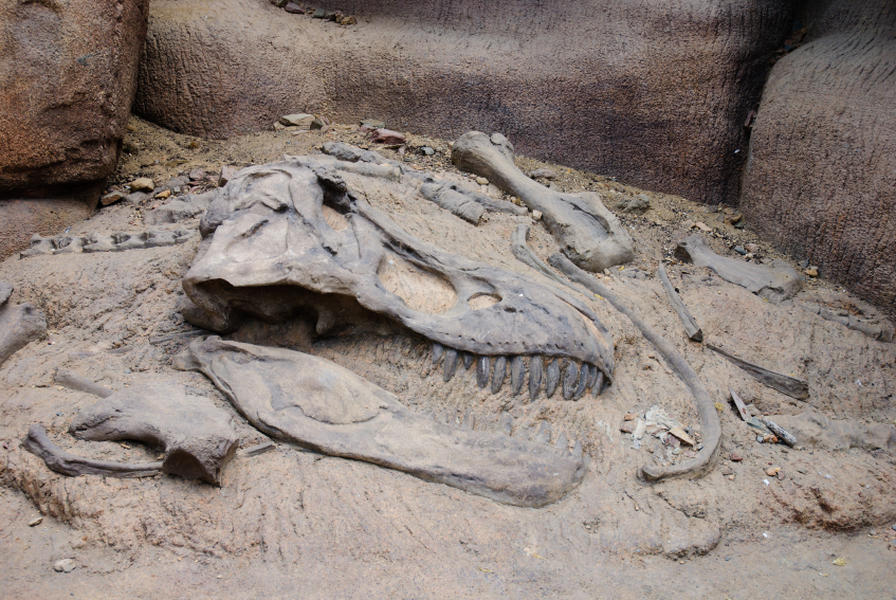
The key to understanding dinosaur ecology may lie in fossilized amber.
Ryan McKellar, a research scientist at the Royal Saskatchewan Museum in Canada, studies the amber pieces buried alongside dinosaur skeletons. He uses the fossilized tree resin to draw conclusions about the dinosaurs' habitat. At this week's annual meeting of the Geological Society of America, McKellar presented his recent findings, based on deposits from four bonebeds that date to the Late Cretaceous period.
"Basically, it puts a backdrop to these dinosaur digs, it tells us a bit about the habitat," McKellar told Phys.org. "Just a few of these little pieces among the bones can show a lot of information." McKellar said that friable amber, the type of fragile amber he's studying, "hasn't been pursued in the past."
The Week
Escape your echo chamber. Get the facts behind the news, plus analysis from multiple perspectives.

Sign up for The Week's Free Newsletters
From our morning news briefing to a weekly Good News Newsletter, get the best of The Week delivered directly to your inbox.
From our morning news briefing to a weekly Good News Newsletter, get the best of The Week delivered directly to your inbox.
Phys.org adds that the amber could "close the gaps in knowledge about the ecology of the dinosaurs" by providing information about the plants and atmosphere in the dinosaurs' habitats. When insects are fossilized into the amber, scientists can also track the insects' evolution, which allows them to study the insects' interactions with the dinosaurs.
A free daily email with the biggest news stories of the day – and the best features from TheWeek.com
Meghan DeMaria is a staff writer at TheWeek.com. She has previously worked for USA Today and Marie Claire.
-
 Metaverse: Zuckerberg quits his virtual obsession
Metaverse: Zuckerberg quits his virtual obsessionFeature The tech mogul’s vision for virtual worlds inhabited by millions of users was clearly a flop
-
 Frank Gehry: the architect who made buildings flow like water
Frank Gehry: the architect who made buildings flow like waterFeature The revered building master died at the age of 96
-
 Is MAGA melting down?
Is MAGA melting down?Today's Big Question Candace Owens, Tucker Carlson, Laura Loomer and more are feuding
-
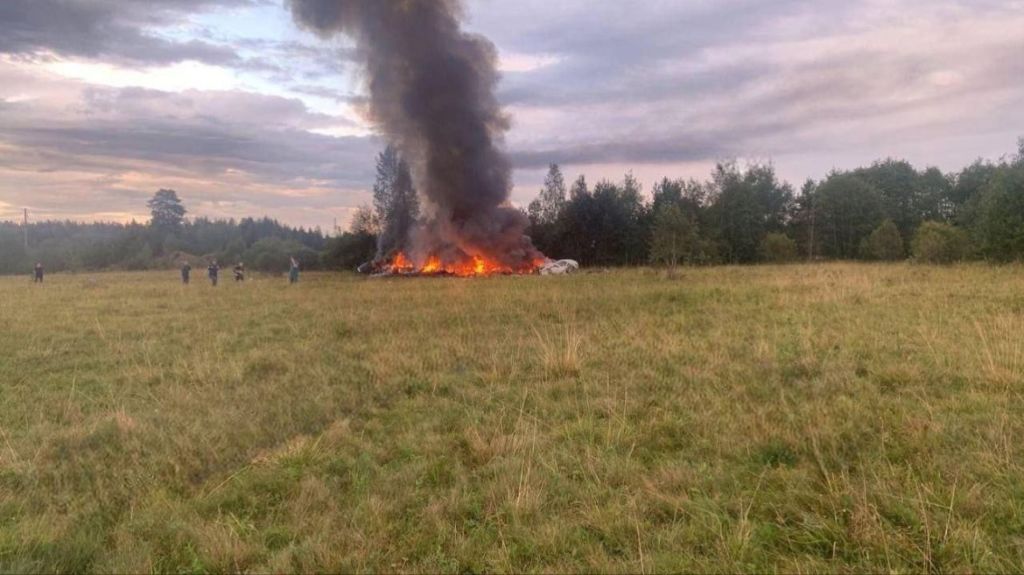 Nobody seems surprised Wagner's Prigozhin died under suspicious circumstances
Nobody seems surprised Wagner's Prigozhin died under suspicious circumstancesSpeed Read
-
 Western mountain climbers allegedly left Pakistani porter to die on K2
Western mountain climbers allegedly left Pakistani porter to die on K2Speed Read
-
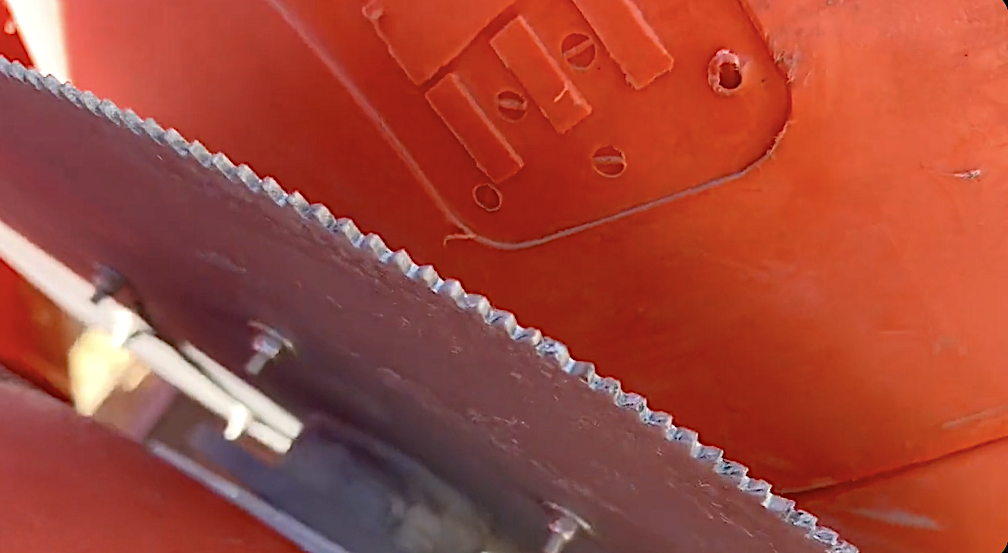 'Circular saw blades' divide controversial Rio Grande buoys installed by Texas governor
'Circular saw blades' divide controversial Rio Grande buoys installed by Texas governorSpeed Read
-
 Los Angeles city workers stage 1-day walkout over labor conditions
Los Angeles city workers stage 1-day walkout over labor conditionsSpeed Read
-
 Mega Millions jackpot climbs to an estimated $1.55 billion
Mega Millions jackpot climbs to an estimated $1.55 billionSpeed Read
-
 Bangladesh dealing with worst dengue fever outbreak on record
Bangladesh dealing with worst dengue fever outbreak on recordSpeed Read
-
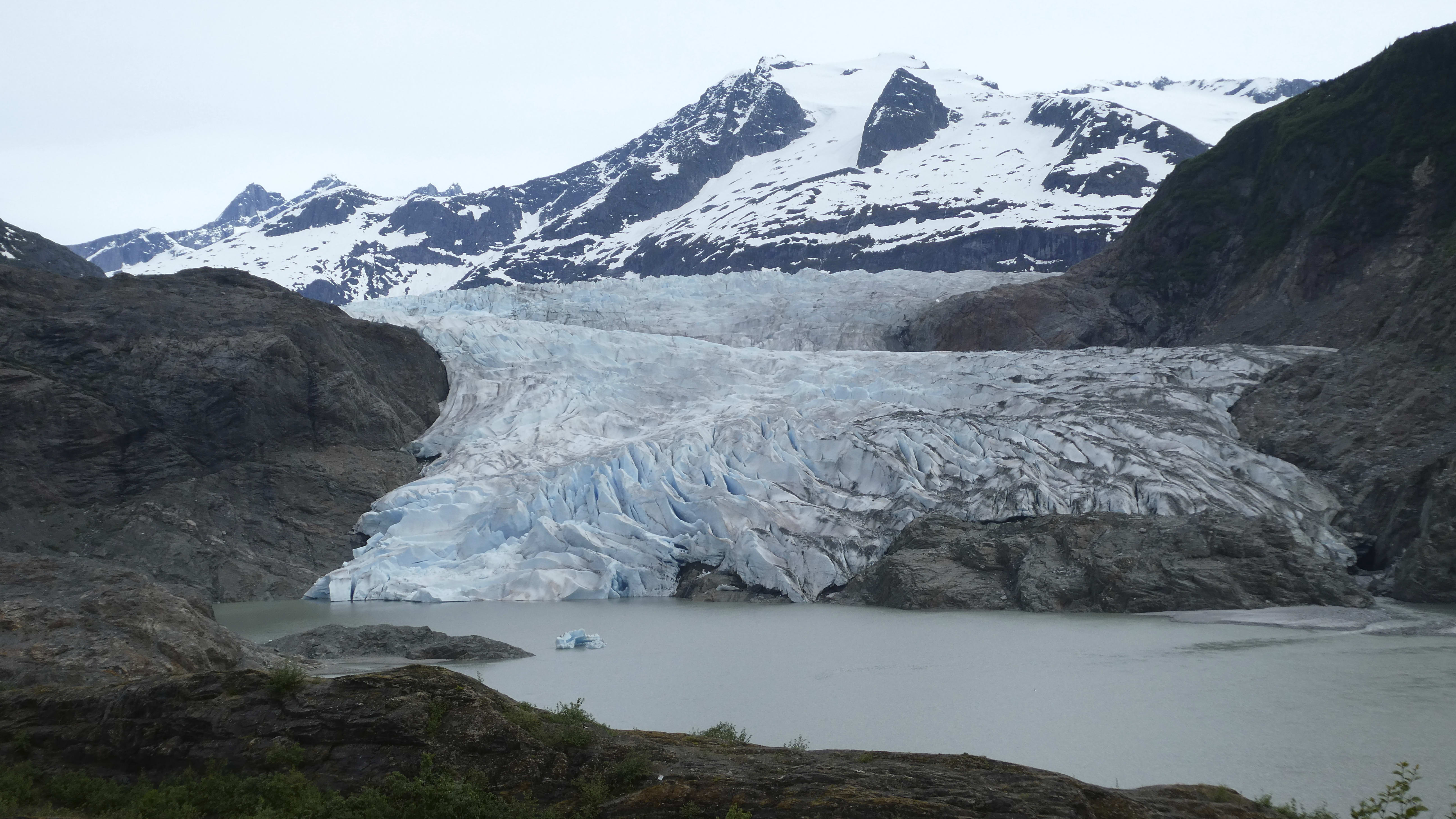 Glacial outburst flooding in Juneau destroys homes
Glacial outburst flooding in Juneau destroys homesSpeed Read
-
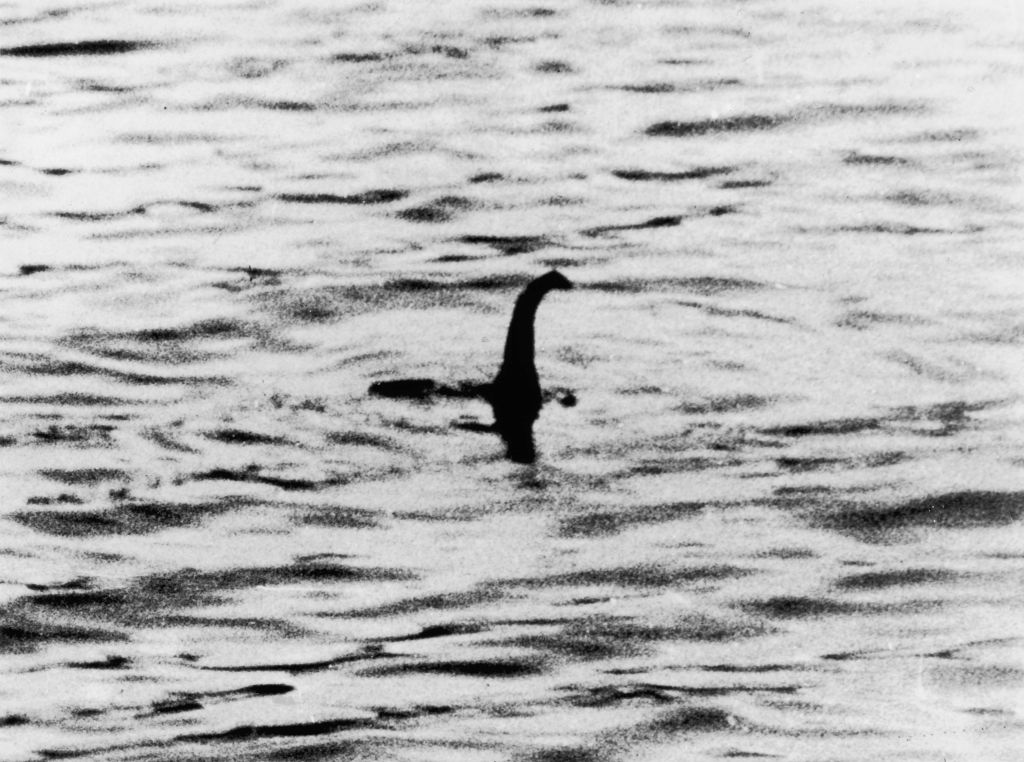 Scotland seeking 'monster hunters' to search for fabled Loch Ness creature
Scotland seeking 'monster hunters' to search for fabled Loch Ness creatureSpeed Read
